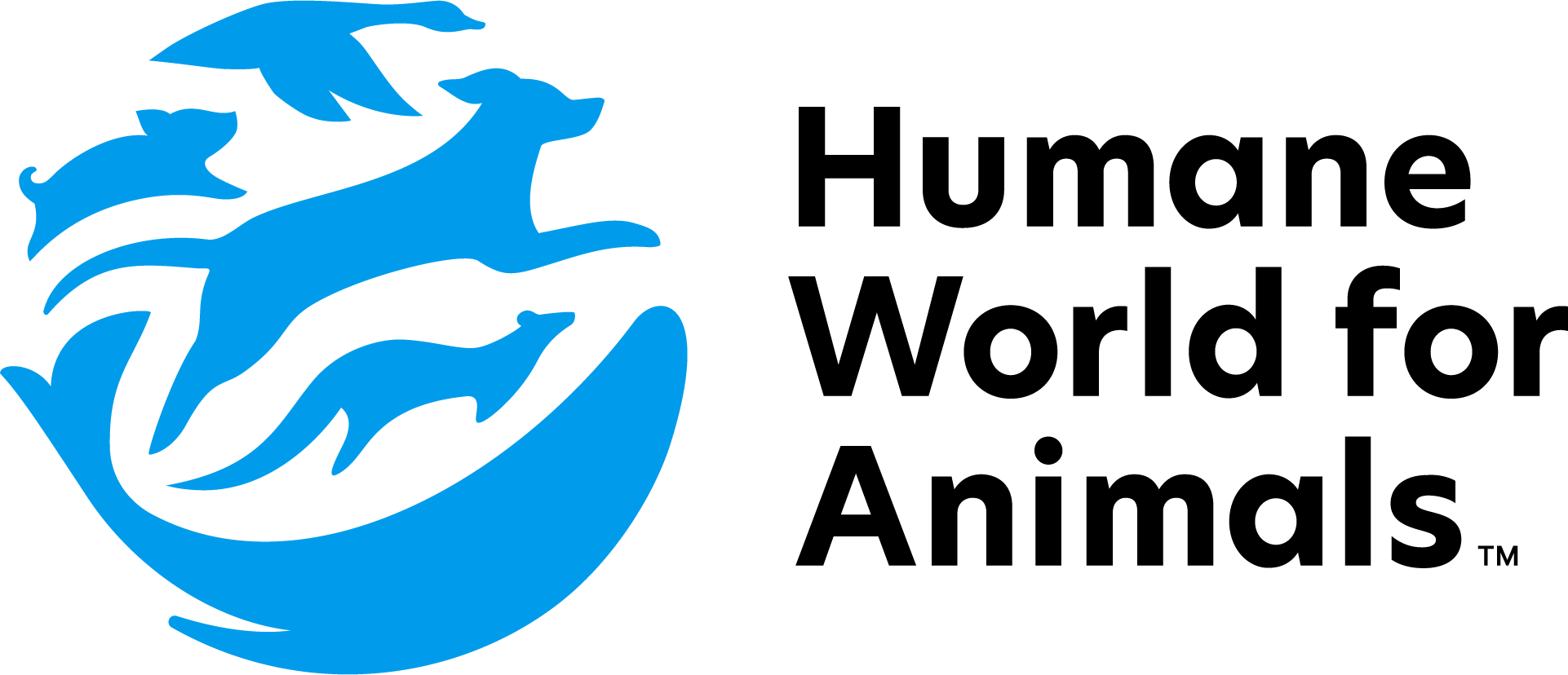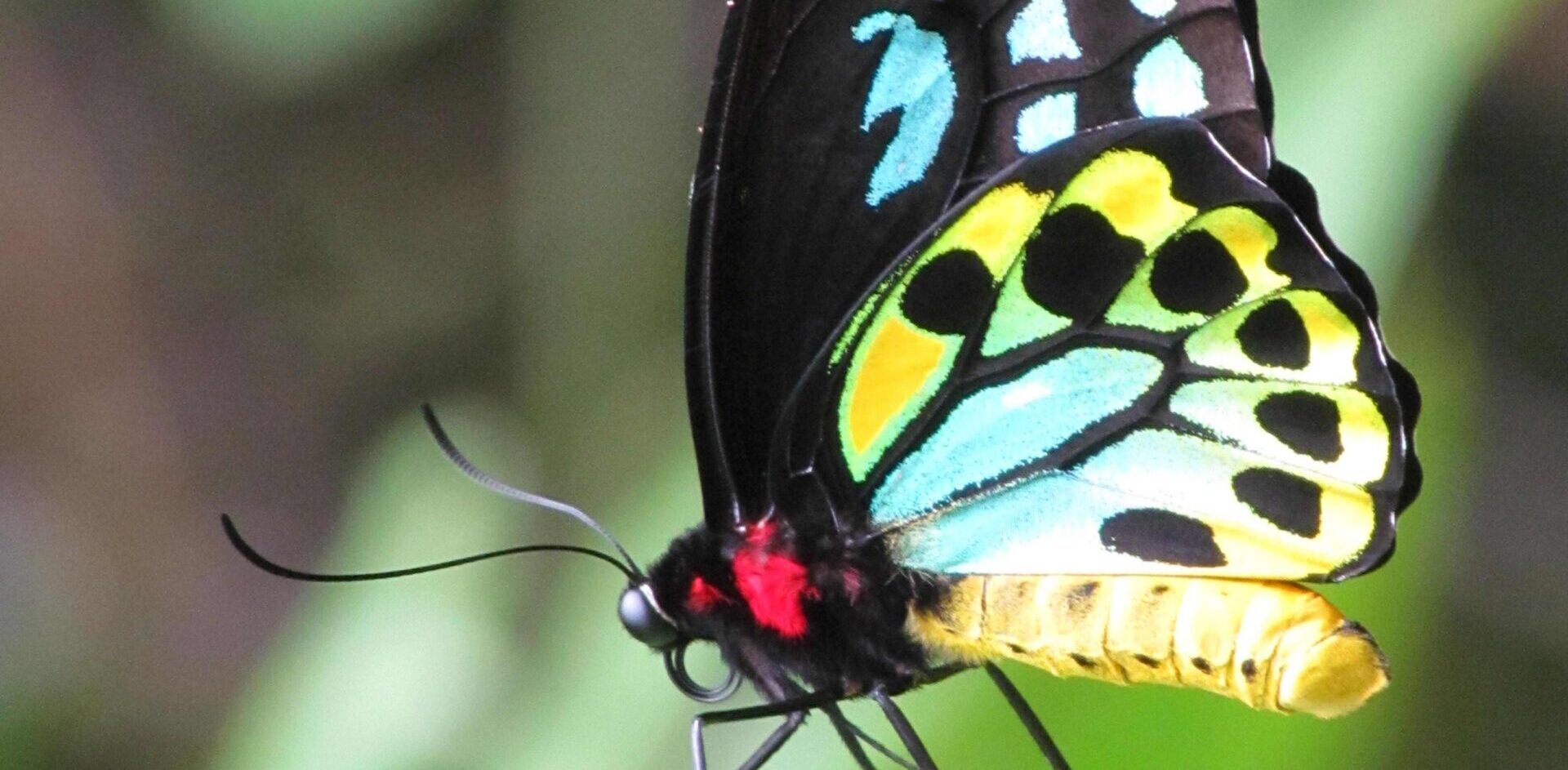The Newsletter of Humane World for Animals' Wildlife Land Trust • Issue 30 • 2025 Read More
The 2020 pandemic outbreak of COVID-19 turned the world’s attention to the growing global threat of new viral diseases. On December 31, 2019, The World Health Organization (WHO) was alerted by Chinese authorities to an outbreak of a novel strain of coronavirus causing severe pneumonia,1 subsequently named SARS-CoV-2, a zoonotic disease (transmissible between animals and people).
During the initial outbreak, most human cases were traced back to a wildlife market in the city of Wuhan, Hubei province, China. SARS-CoV-2 is thought to have originated in bats and may have passed through an intermediate animal host animal before acquiring the ability to infect people.
The way we interact with both wild and domestic animals has profound implications for public health world-wide. While it is difficult to predict the next zoonotic pandemic, there are many known risk factors.


